On the surface, income share agreements (ISAs) may look a lot like income-based repayment (IBR) programs offered by the government. They both allow you to make payments based on a percentage of your income. However, if you dig a little deeper, you'll notice that the two products can be vastly different. But, how do ISAs differ from income-based repayment?
How ISAs and IBR are used
Income-based repayment plans are part of federal funding loans, thus having limits on how much can be borrowed. For undergraduates, students are only able to borrow up to $57,500 over the course of their studies. This includes yearly limits of up to $12,500. But sometimes this still isn't enough to cover education costs.
On the other hand, ISAs don't have a limit on how much you can use. At least not by law. Some schools do limit the amount that a student can borrow, but this is all at the school level. Still, the annual limits for some of these programs are larger than the annual loan limit from the federal government.
Many ISAs at the school level are meant to supplement federal loans, not to be used in place of them. This allows a student to avoid private loans with high-interest rates. However, in some cases, ISAs replace loans entirely for students or programs that don't have access to federal funding.
How ISAs differ from income-based repayment
ISA and IBR programs both have payments based on income, but after that, they both look very different. Even though IBR payments are based on income, there is still an underlying loan with interest. If you aren't able to cover the interest building up with your payment, you will start seeing your balance grow over time.
IBR is a loan, so if you fulfill the requirements and you have the rest of your loan forgiven, you still have to pay taxes on the amount forgiven. Even though this is favorable to paying off the whole loan, it can cause a large one-time payment that you may not be ready for. This could cause you an even bigger headache as the IRS tries to collect the taxes.
On the other hand, income share agreements don't have a balance. Or interest. This means that you don't have an original amount that you will have to pay back. You just make your payments as a percentage of your income and once you complete your term, you're finished.
Regardless of whether you paid back the original balance or not. An ISA is completely dependent on your situation.
An ISA can have a wide range for the percentage of income that you pay, as opposed to IBR plans that are stuck at either 15% or 20% of income. The ISA percentage is based on multiple factors, including how much is funded, so the percentages can vary by a bit.
While IBR programs have some downfalls, these federal loans can still be less costly due to their low interest rate. Federal loans also have protections that other private loans don't have, such as deferment and forbearance that allow you to pause payments.
If an ISA sounds like a favorable alternative to you, Defynance may be able to help you out. They can refinance existing student loans to an ISA for graduates who are working full time. You can apply for the program here.

